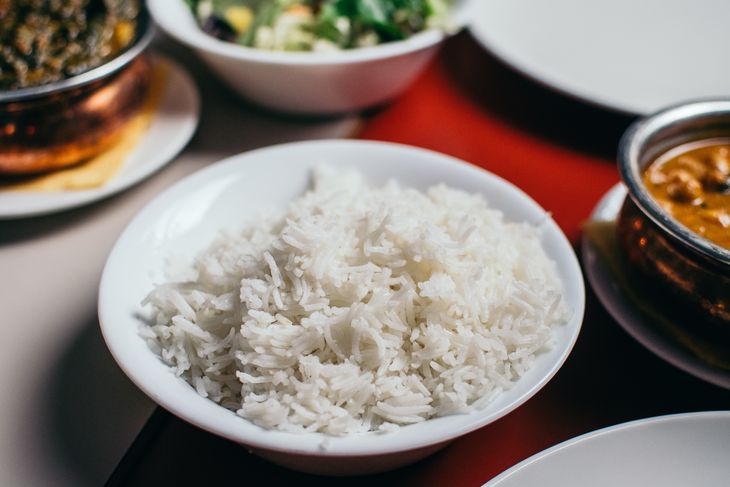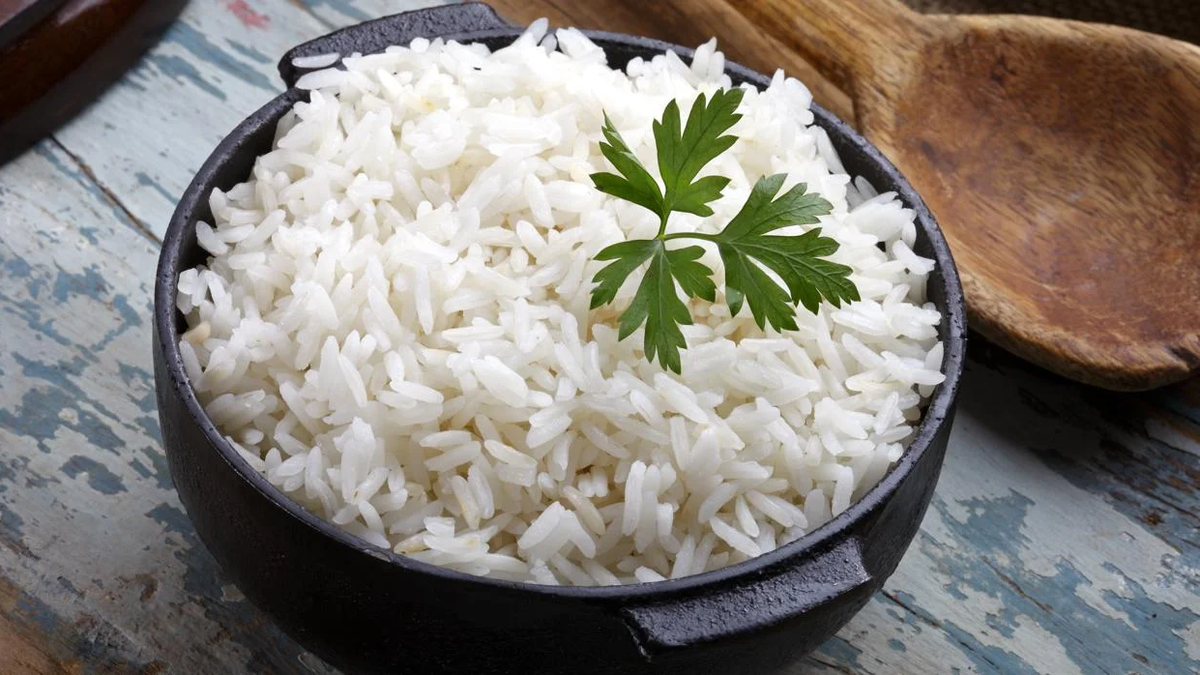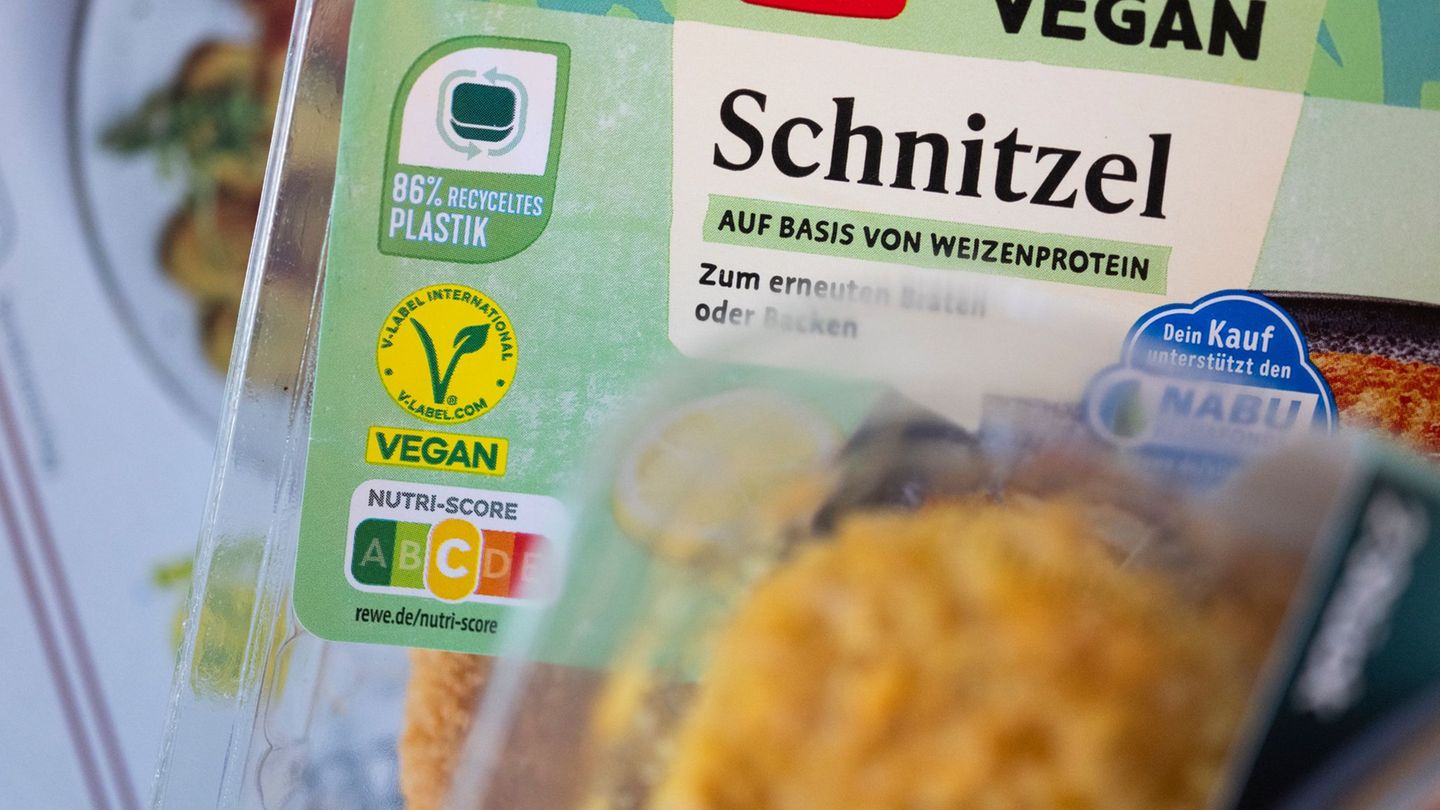Specialist Mariana Zapién explained through a video on her Instagram account the importance of washing this food before consuming it.
Rice is a basic food in many cultures and a fundamental ingredient in the kitchen. It works as a garnish to accompany, but also as a main course as “the Cuban” can be. Its nutrients and minerals make it a great source of energy, because it is rich in carbohydrates and provides vitamin B, calcium and even potassium.
The content you want to access is exclusive to subscribers.
One of the most recurring questions when cooking it is whether it should be washed or not. The Food Engineer Mariana Zapién resolved this doubt, with an explanation clear about what should be done with rice and what are the benefits and consequences of washing it.


Zapién assured through a video on his Instagram account that yes, Washing rice can bring benefits, and not just hygiene. He explained that this action It helps eliminate dust, some starch and heavy metals such as arsenicwhich is an element that rice can accumulate during cultivation in flooded fields.
Arsenic is found naturally and artificially in the soil and water, so rice grains can absorb it during the culture phase. In this sense, the studies have already revealed that “washing rice three to five times can reduce arsenic by up to 30%”, and if it also is cooked with “enough water”, this percentage increases to 45%.
White rice.jpg

“If you want a more loose and clean rice, yes, wash it. But if you prefer that it is more sticky, it is not necessary,” Zapién said and stressed that there is no single valid response, and that the decision depends on the culinary result that each person wants: “It will not happen to you absolutely nothing. It is a matter of preference.”
Arsenic in rice: how much is there and how to reduce it
Arsenic is a chemical element that is naturally found in the earth’s crust and can be present in air, water and soil. It is a metalloid that can form organic and inorganic compounds, the latter being the most toxic and harmful to health.
“Due to cultivation conditions, the grain can absorb and accumulate part of this metal,” Zapién explained. Although the arsenic is naturally present in the soil and water, it can also reach by Human activitysuch as mining or the use of pesticides.
However, the specialist contributed an important fact about the risk of this element: the average arsenic concentration in the rice is about 93 parts per billion, which means that A person would have to consume more than half a kilo of rice up to date for more than four years to suffer adverse health effects.
Source: Ambito
I am an author and journalist who has worked in the entertainment industry for over a decade. I currently work as a news editor at a major news website, and my focus is on covering the latest trends in entertainment. I also write occasional pieces for other outlets, and have authored two books about the entertainment industry.




